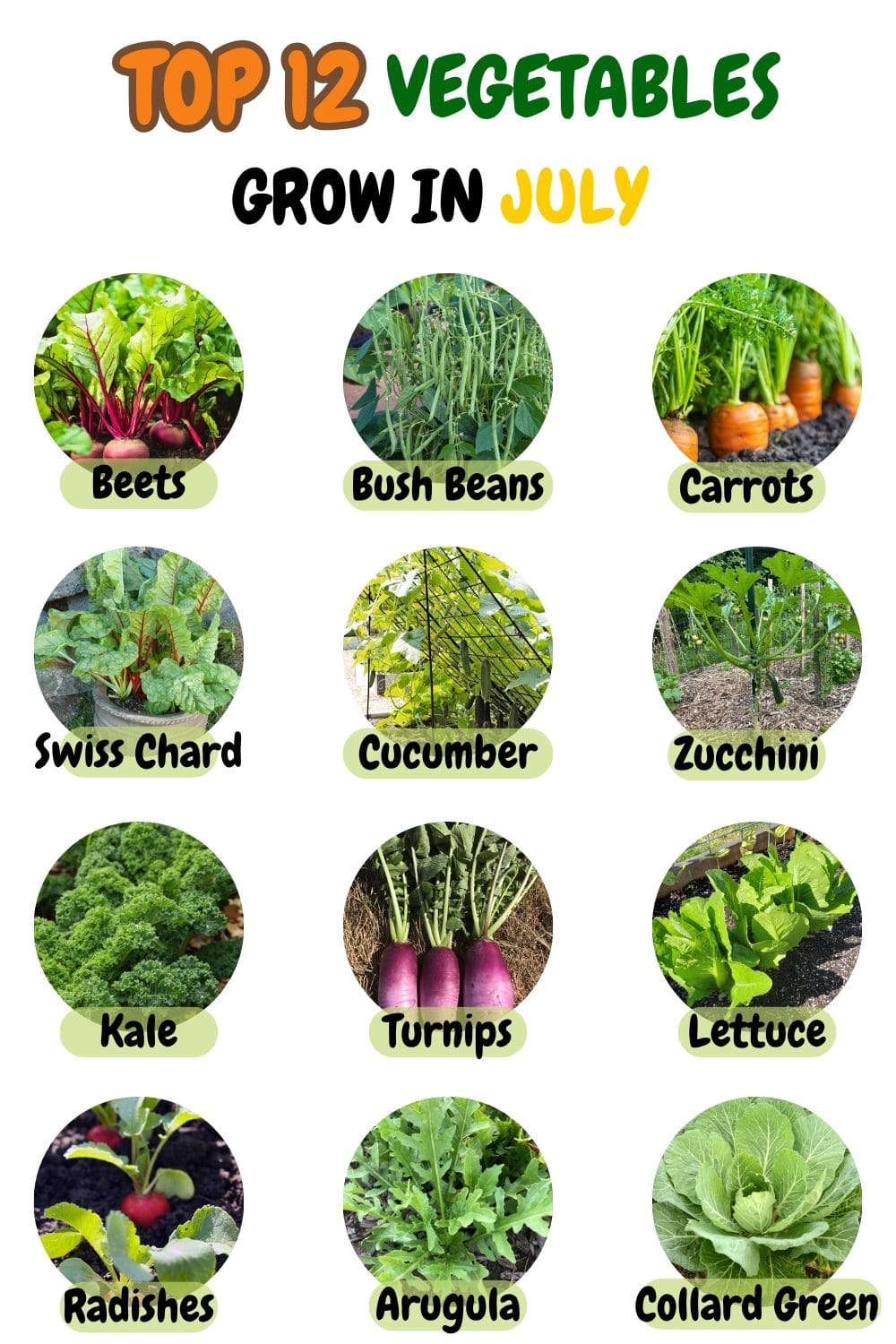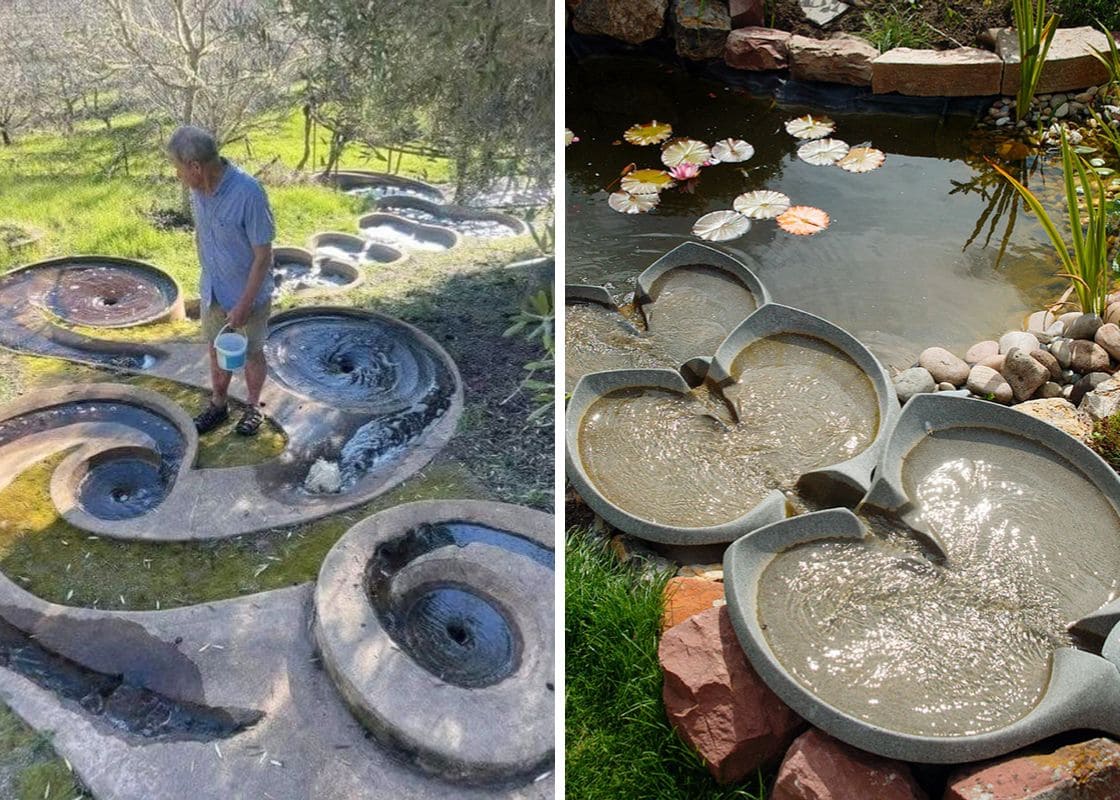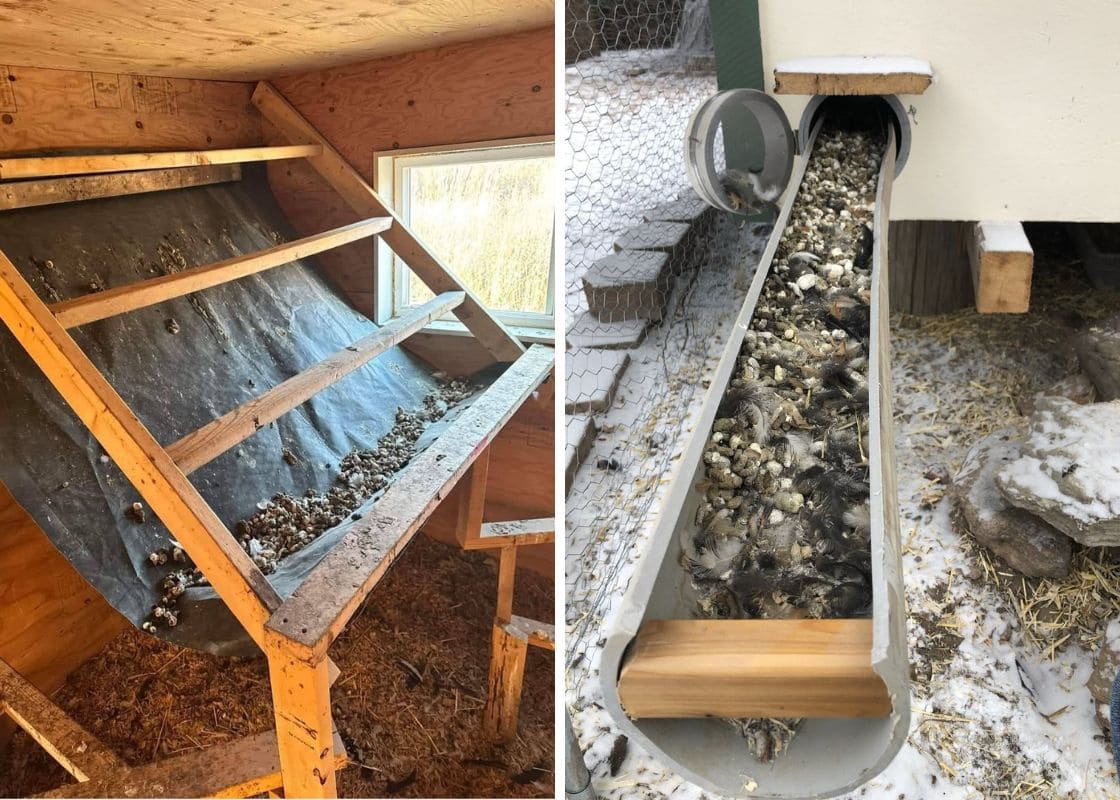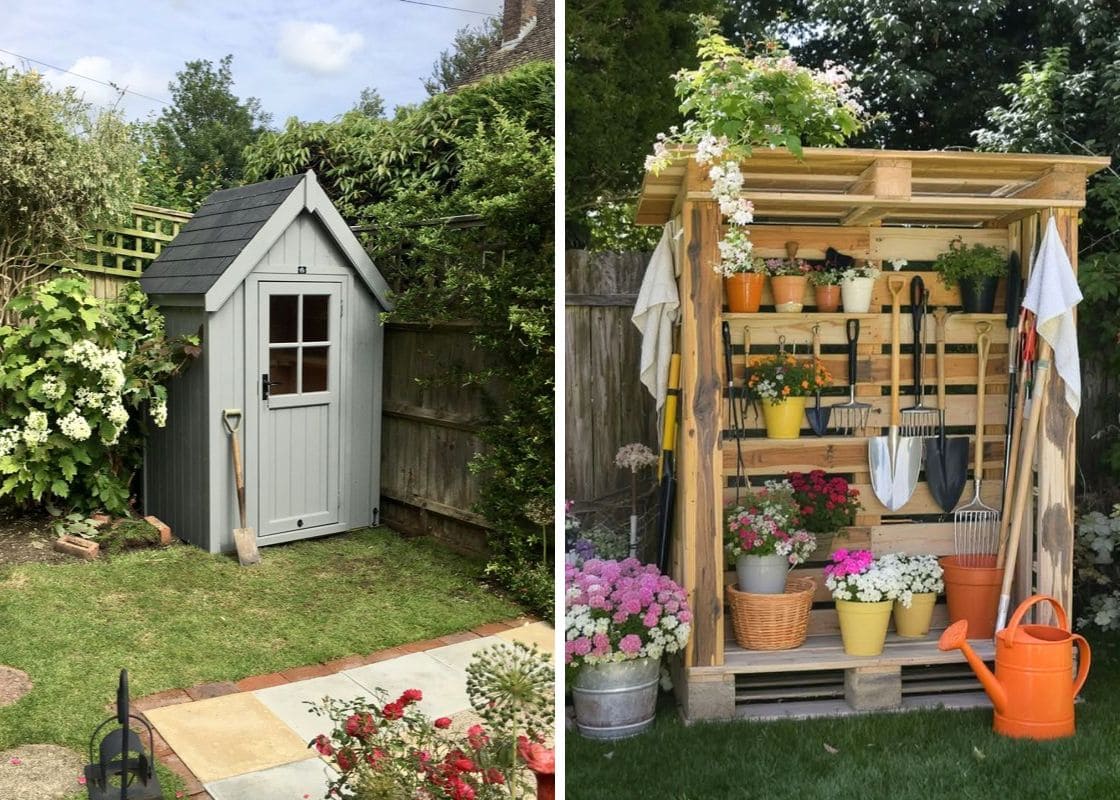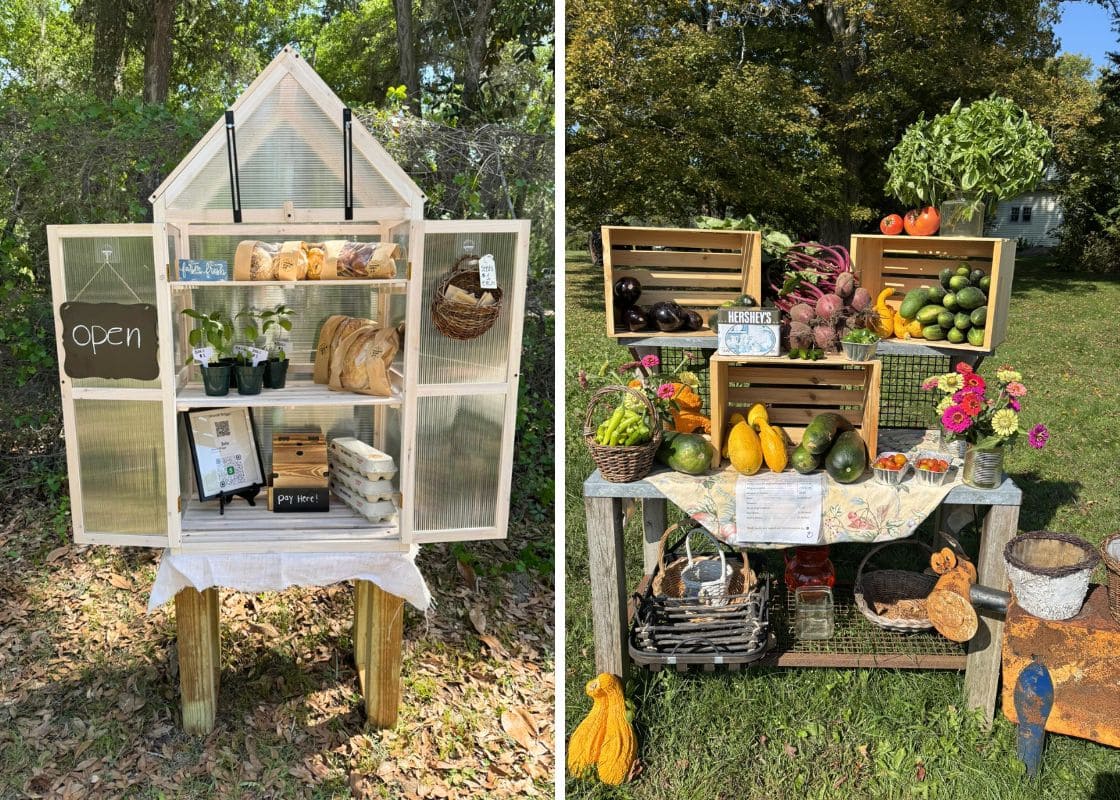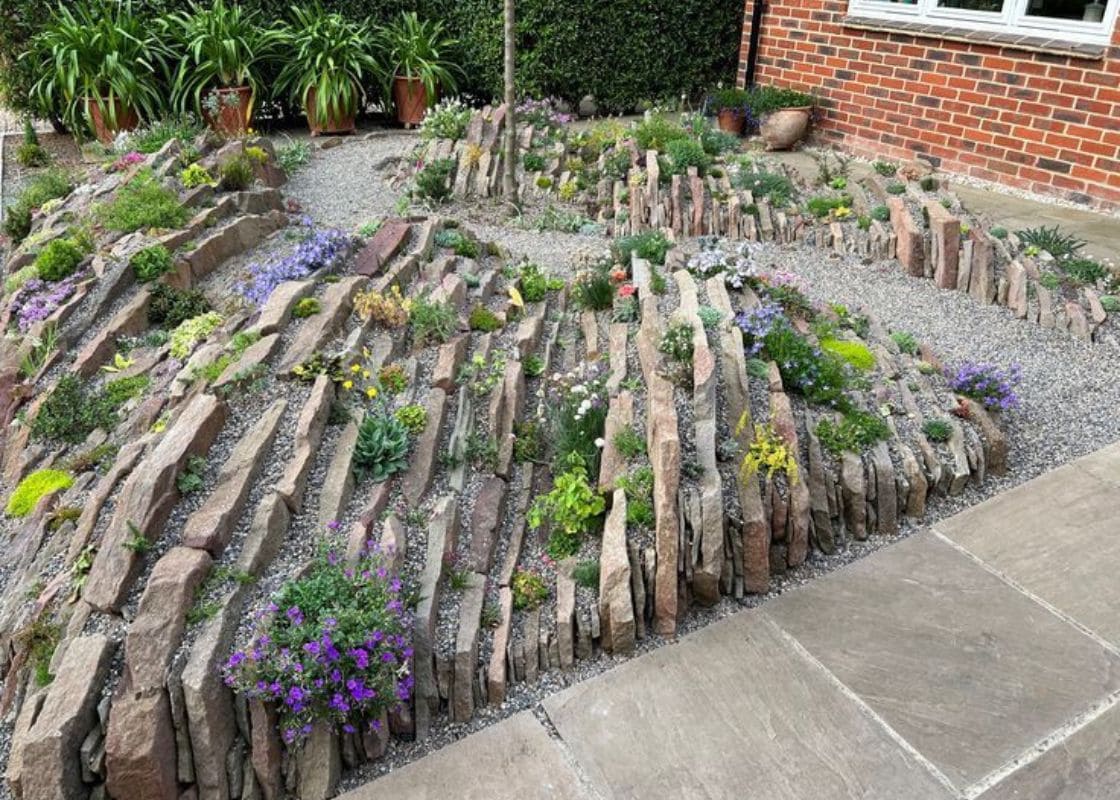Think it’s too late to start planting? Think again. July might be sweltering, but for the right veggies, it’s actually a moment of magic.
With warm soil, long daylight, and just enough time left before fall, many summer and fall crops flourish when planted now. From crisp greens to quick-rooted roots, July sowing opens the door to another wave of fresh produce.
Here are 12 vegetables that thrive in July, plus why they love the heat, what they give back, and how to grow them like a pro.
#1. Bush Beans
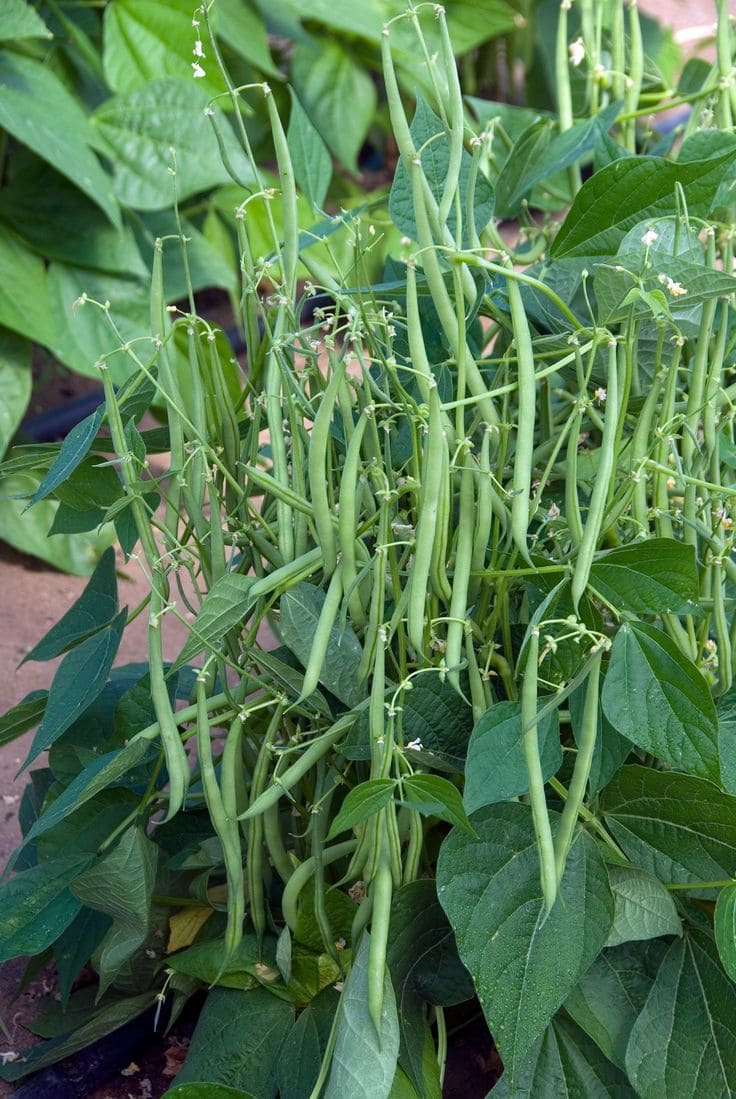
Bush beans thrive in July’s sun-soaked soil, which gives their seeds the warmth they need to sprout quickly. They’re ideal for this time of year because they grow fast and don’t mind the heat.
With a little attention, they’ll be ready for your dinner plate just as summer winds down. Beyond being speedy growers, bush beans are full of fiber, folate, and plant-based protein, making them a nourishing and sustainable crop to grow at home.
Sow the seeds directly into well-drained soil under full sun, spacing them about three inches apart. They appreciate consistent watering, especially during heatwaves. Mulching helps keep the soil moist and prevents the roots from overheating.
Expect a harvest in 50 to 60 days. Pick the beans when they’re slim, smooth, and before the seeds inside get too plump.
#2. Beets

Beets love the second half of summer. The warm ground encourages quick germination, and by planting now, you’ll be enjoying beautiful, deep-colored roots in early fall. These versatile veggies grow rapidly, and even their leafy tops can be harvested for salads.
Nutritionally, beets are a powerhouse of antioxidants and nutrients that support liver and heart health. To grow them, plant seeds directly into loosened, fertile soil. Space them a few inches apart and thin the seedlings early so each root has room to develop properly.
Beets need deep watering, ideally once a week, and a bit of shade during peak sun helps protect their greens. Most varieties are ready within 50 to 70 days, though you can harvest beet greens earlier if you’re impatient.
#3. Carrots
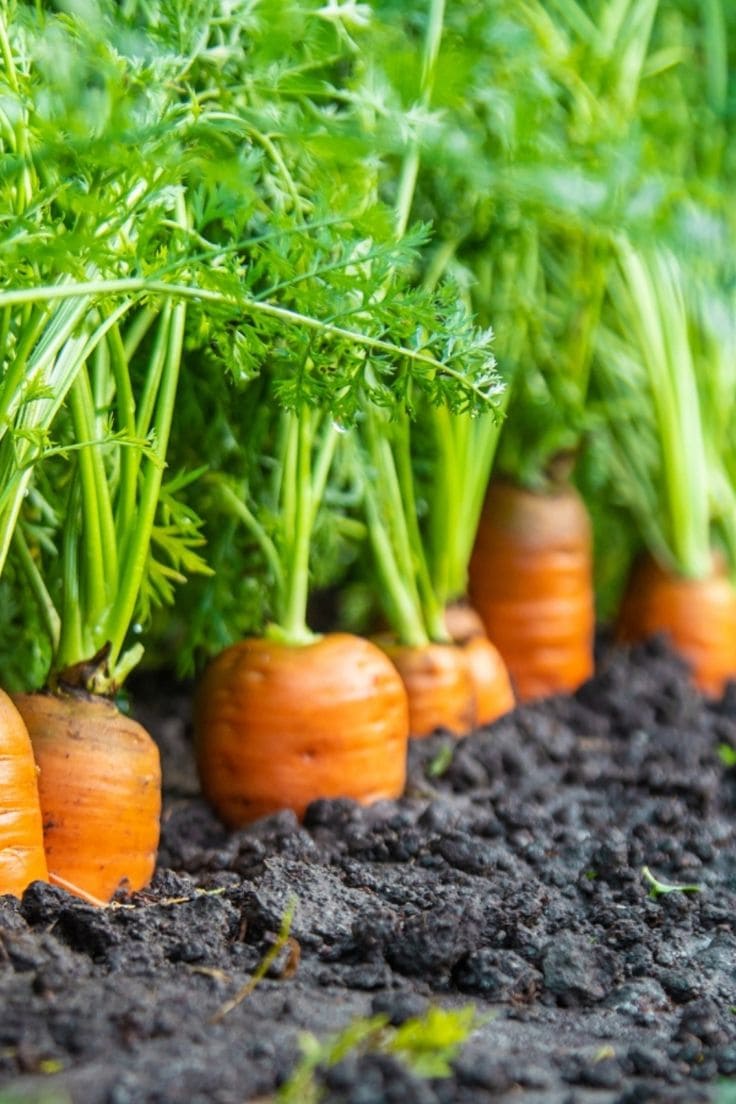
July-sown carrots make for a sweet fall treat. As the days grow shorter and cooler toward harvest time, the roots develop a crisp texture and a richer flavor. These slow and steady growers are worth the wait.
High in beta-carotene and great for skin, eyes, and immunity, carrots are a wonderful addition to any summer garden. They need soft, stone-free soil, either in a deep container or raised bed. Sow the seeds very shallowly, cover lightly with soil, and water gently but frequently.
Keep the area weed-free and thin the seedlings once they’re a few inches tall. Depending on the variety, you’ll harvest your crop in 60 to 80 days, although some gardeners like to let them linger longer for size and sweetness.
#4. Swiss Chard
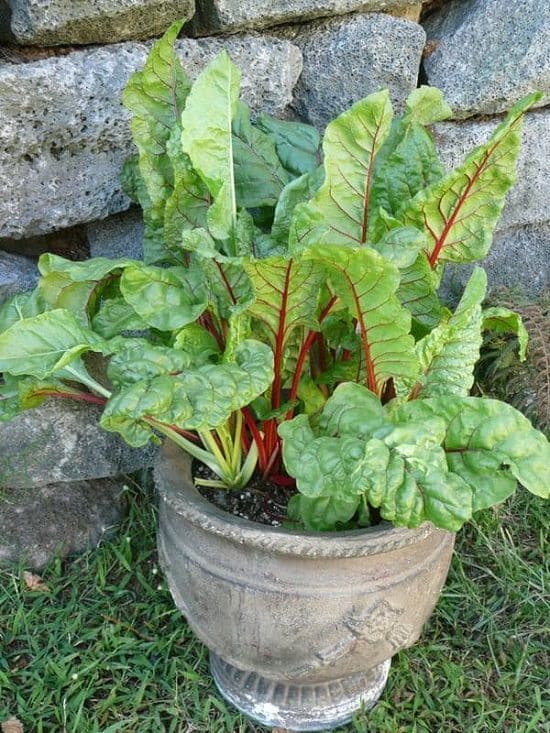
Swiss chard doesn’t flinch in the face of summer heat. Unlike spinach, which bolts quickly, chard continues to push out new leaves even in July. Its vibrant stems and glossy greens are as ornamental as they are delicious.
Loaded with iron, magnesium, and vitamins A and K, chard brings a nutritional edge to smoothies, sautés, and salads. Direct sow seeds into beds or containers, making sure the soil is fertile and moist. Space them well and thin out young plants to prevent crowding.
Regular watering is key, and you can begin harvesting leaves once they’re about 6 to 8 inches long. Snip from the outer edges and let the plant continue producing until frost.
#5. Cucumbers

Cucumbers were made for the dog days of summer. They grow rapidly in warm soil and explode with growth under full sunlight. When planted in July, they mature quickly, perfect for pickling or fresh snacking before fall.
Hydrating and low in calories, cucumbers are rich in vitamin K and antioxidants. Plant seeds directly into mounds or rows in a sunny, open space. They benefit from climbing up a trellis, which saves space and keeps the fruit clean.
Keep the soil moist but not soggy. In about 50 to 70 days, you’ll be rewarded with crisp cucumbers. Pick them young to avoid bitterness and encourage more growth.
#6. Summer Squash (Zucchini)

Zucchini is a true summer champion. It thrives in high temperatures and grows at lightning speed. By planting in July, you can enjoy a fresh supply before the first frost.
Zucchini is packed with potassium, vitamin C, and fiber. Sow seeds directly into sun-drenched, compost-rich soil. Give each plant room to sprawl, and water at the base to prevent mildew from forming on leaves.
Start harvesting 45 to 55 days after planting. Pick the fruit while it’s still small, around 6 to 8 inches for the best flavor and texture.
#7. Kale
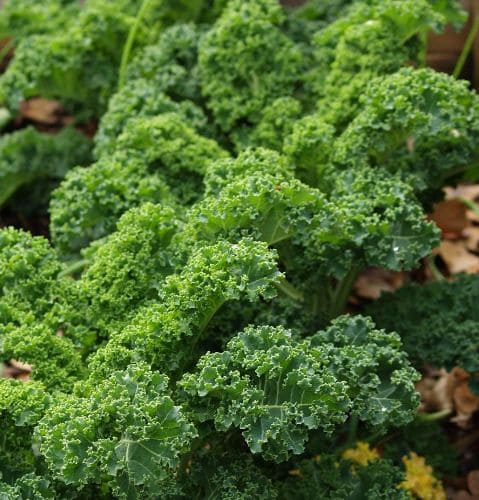
Though we think of kale as a cool-season green, July is the perfect time to plant it for a fall crop. As the weather cools, kale’s leaves become sweeter and more tender, especially after the first frost.
This leafy green is nutrient-dense, offering calcium, vitamin A, and powerful antioxidants. Start seeds indoors or sow directly into the garden, spacing them 12 to 18 inches apart.
Provide partial shade in extreme heat, and keep the soil moist but not waterlogged. You can start picking the outer leaves about 50 to 65 days after planting, and continue as the plant matures.
#8. Turnips
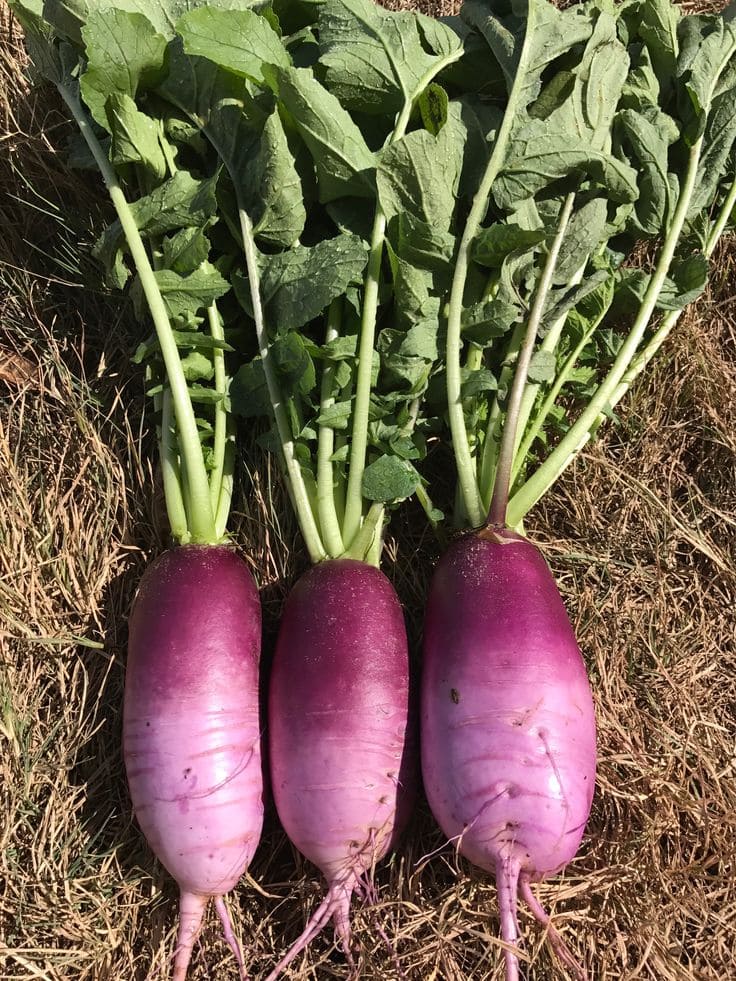
Turnips are fast growers and a perfect mid-summer planting choice. They germinate quickly and offer two harvests in one: crisp roots and tender greens.
Turnips offer fiber, vitamin C, and anti-inflammatory benefits. Plant the seeds in well-loosened soil, spacing them about four inches apart to give the roots room to grow.
Water regularly to keep the roots tender. The leafy tops can be picked as early as three weeks in, while the roots take around 40 to 60 days to mature. Pick them smaller for sweetness and crunch.
#9. Lettuce (Heat-Tolerant Varieties)
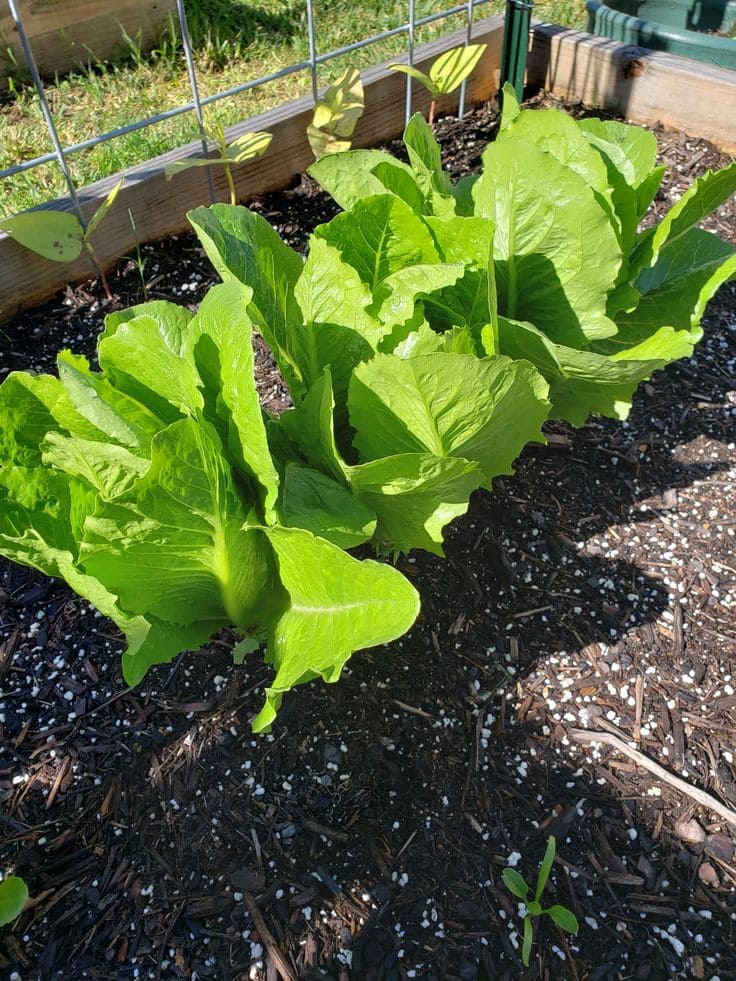
Lettuce in July? Yes, if you choose the right types. Varieties like ‘Jericho’ or ‘Sierra Batavia’ are bred for heat resistance and can still thrive with a bit of care.
Lettuce keeps you hydrated and delivers folate, fiber, and iron in every bite. Plant in containers or garden beds with partial shade during the hottest part of the day. Keep the soil moist, especially in dry spells.
You can begin harvesting outer leaves in 30 to 50 days. Just snip and let the rest grow back, no need to uproot the whole plant.
#10. Radishes
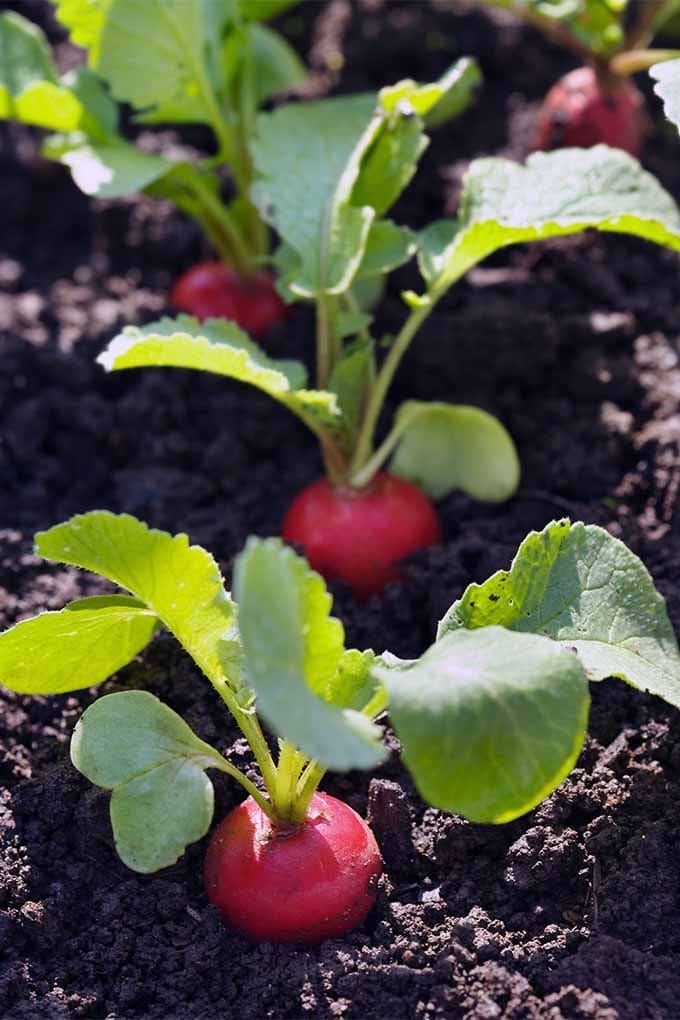
Radishes are ridiculously fast. You could plant them today and be crunching on peppery roots in just three to four weeks. That’s garden satisfaction on fast-forward.
They support liver health, improve digestion, and add flavor and crunch to salads. Plant seeds directly in moist, well-draining soil, leaving a bit of space between each one.
Water frequently and thin the seedlings early. Most radishes are ready in 25 to 35 days, just don’t leave them too long, or they’ll turn fibrous and woody.
#11. Arugula

Peppery and punchy, arugula is another cool-weather green that benefits from late-summer planting. It germinates fast and grows well even in partial shade.
High in vitamin K and nitrates, arugula is a favorite in salads, pizzas, and pastas. Sow directly in the ground or containers, keeping the seeds moist until they sprout.
You can begin harvesting baby leaves in just 20 to 30 days. Harvest regularly and cut from the outside to allow new growth to flourish.
#12. Collard Greens
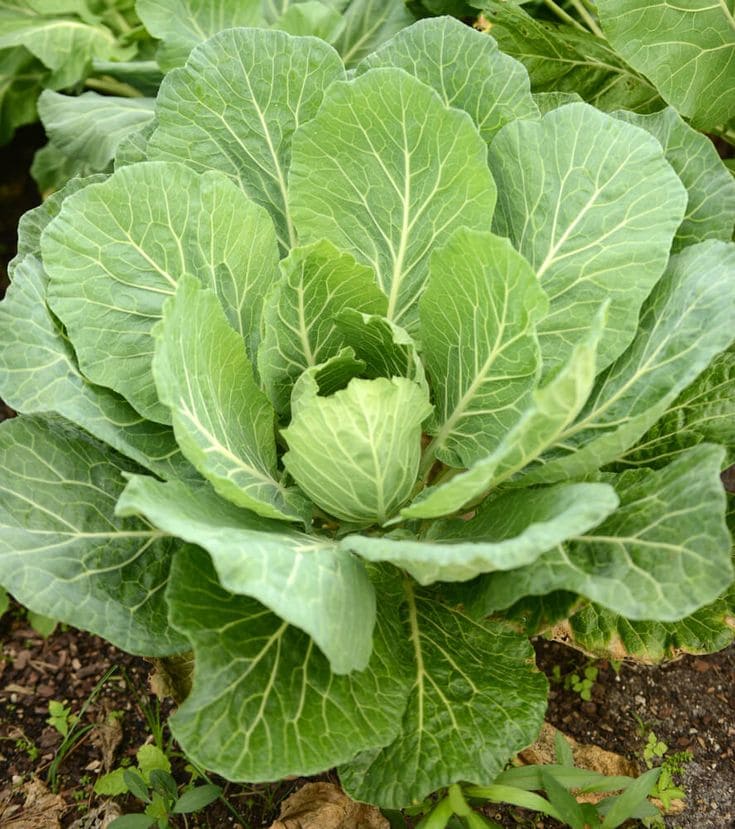
Collards are unfazed by heat, and when planted now, they’ll be at peak flavor just in time for the cooler weather. Like kale, they get sweeter after a touch of frost.
Rich in calcium, vitamin C, and fiber, collards are a staple in many cuisines. Plant seeds or young transplants in rich, sunny soil with good airflow. Mulch well and water deeply to help establish strong roots.
Leaves are ready for harvest in 60 to 85 days. Pick the lower leaves first, and let the center continue to grow for multiple harvests.
